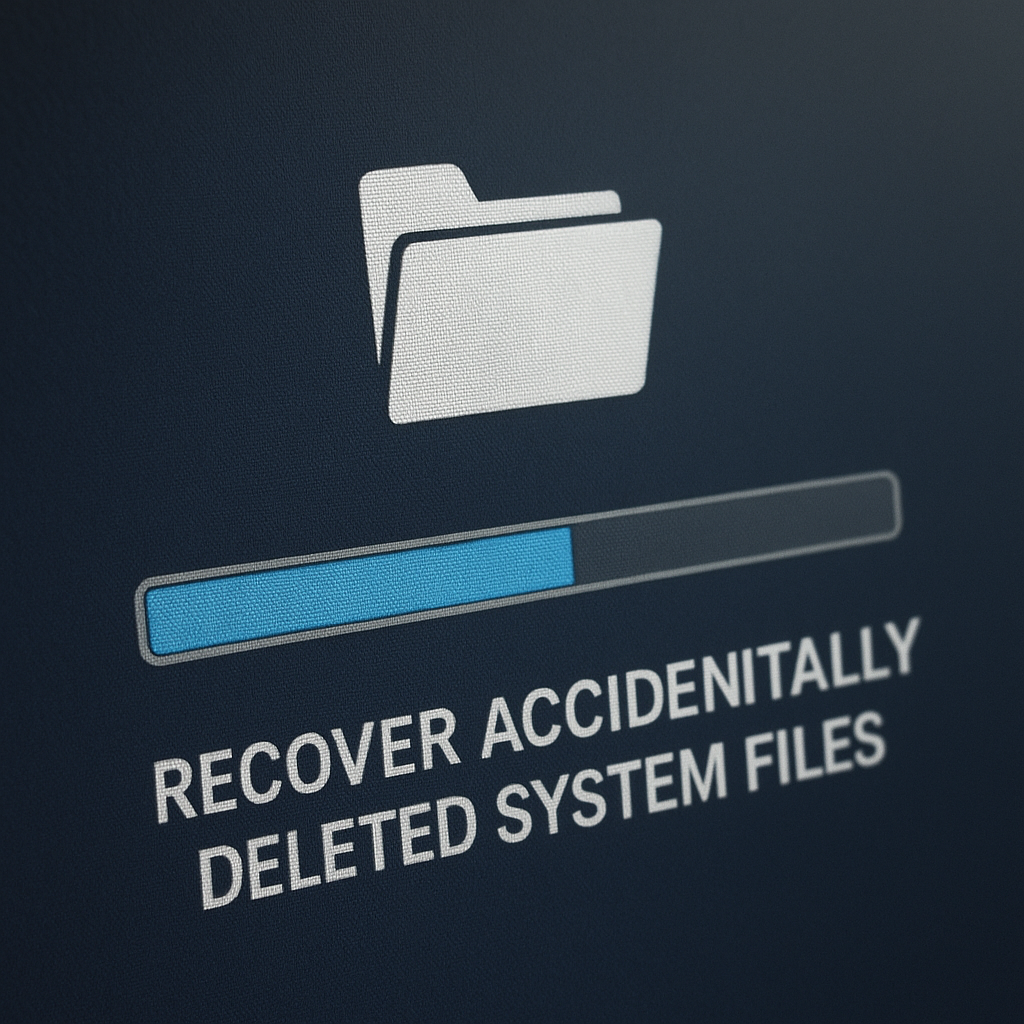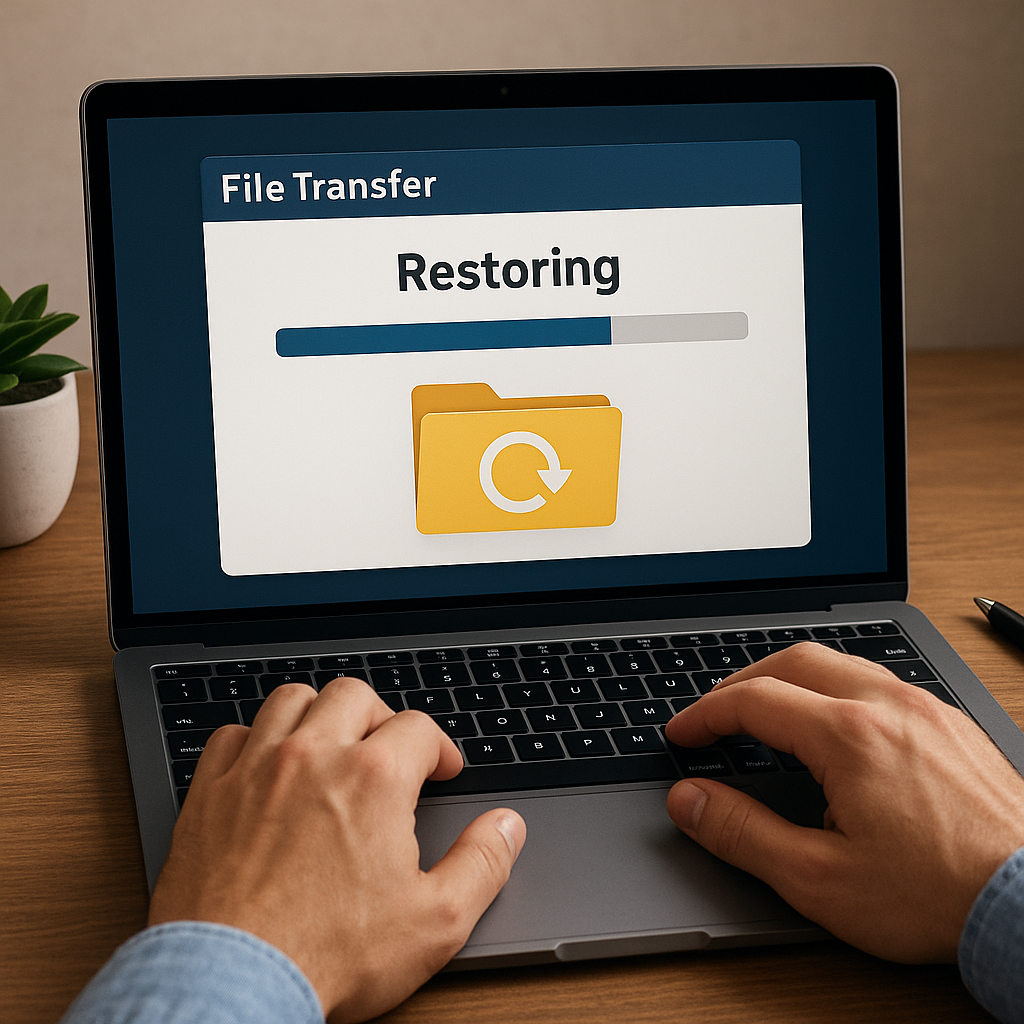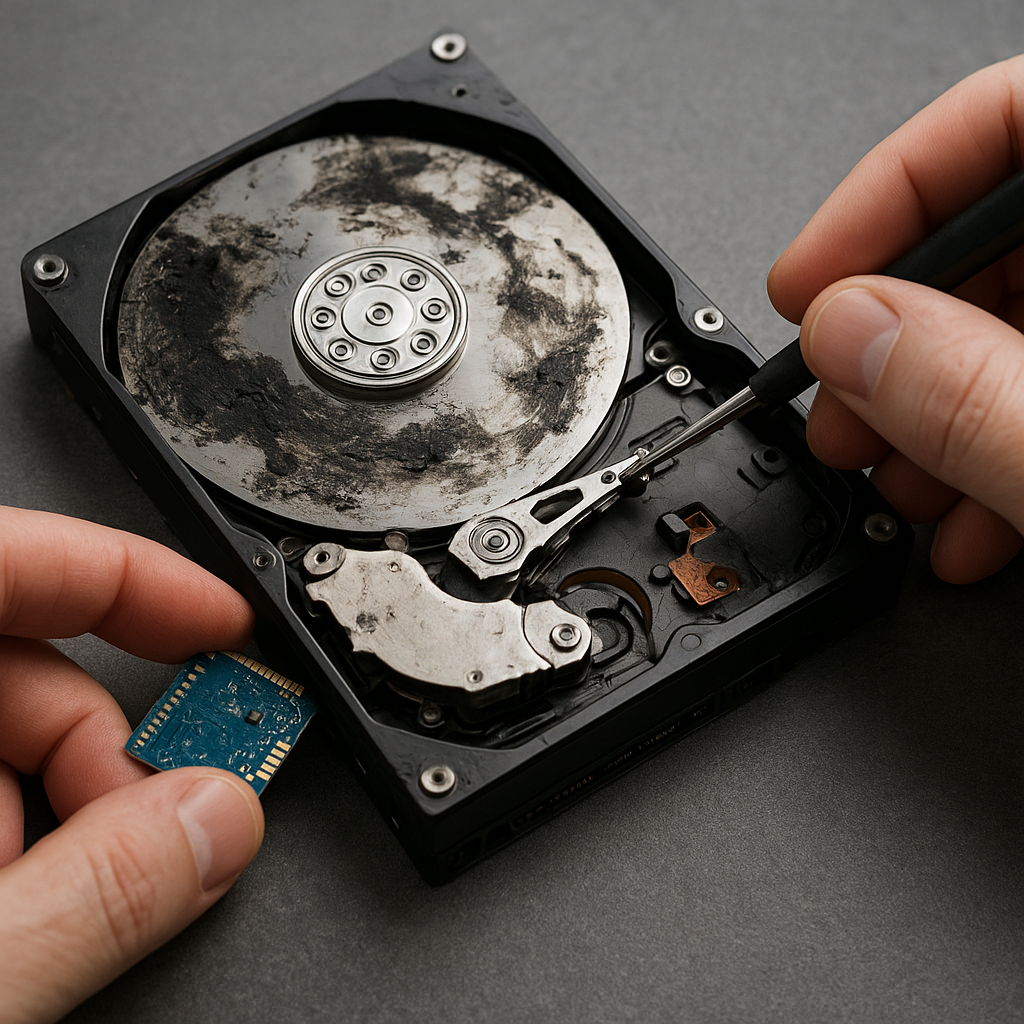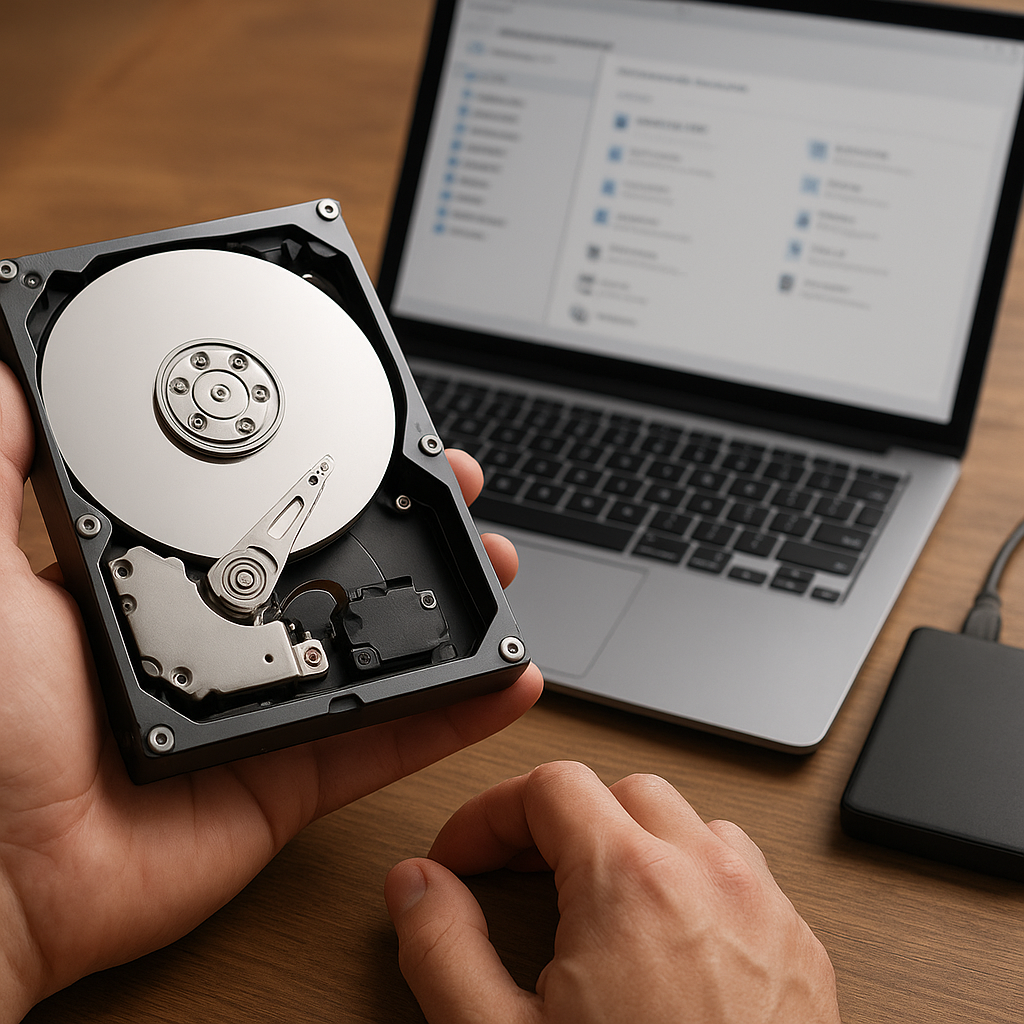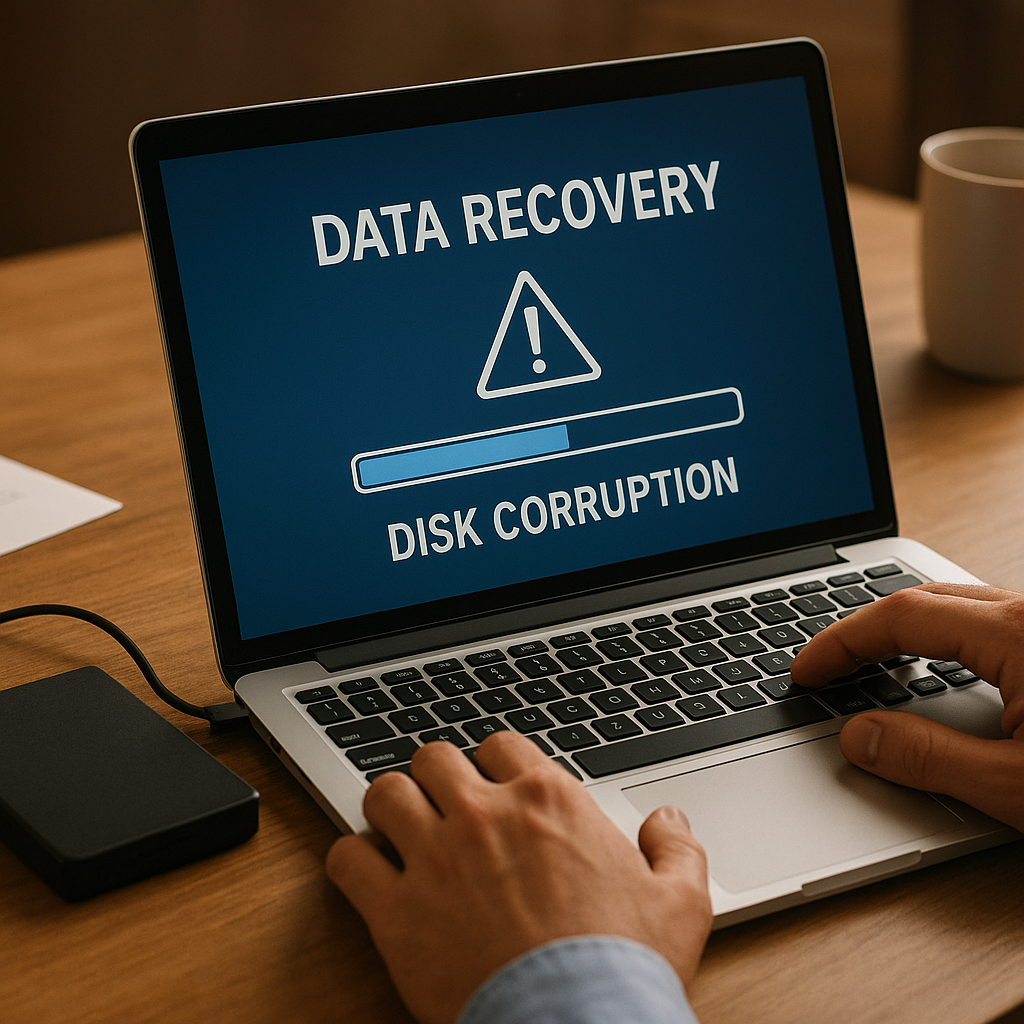Data loss can be a devastating event for individuals and organizations alike, leading to significant financial and emotional distress. In this article, we will explore the best practices for preventing data loss and maximizing recovery chances, ensuring that your valuable information remains safe and accessible.
Understanding Data Loss
Data loss occurs when information stored on a computer or other digital device becomes inaccessible or is permanently deleted. This can happen due to a variety of reasons, including hardware failure, software corruption, human error, or malicious attacks. Understanding the common causes of data loss is the first step in preventing it.
Common Causes of Data Loss
- Hardware Failure: Hard drives, SSDs, and other storage devices can fail due to wear and tear, manufacturing defects, or environmental factors such as heat and moisture.
- Software Corruption: Operating system crashes, application errors, and file system corruption can render data inaccessible.
- Human Error: Accidental deletion, formatting, or overwriting of files is a common cause of data loss.
- Malicious Attacks: Viruses, ransomware, and other forms of malware can corrupt or delete data, often with the intent of causing harm or demanding a ransom.
Best Practices for Preventing Data Loss
Preventing data loss requires a proactive approach that includes regular backups, proper storage practices, and robust security measures. Here are some best practices to help you safeguard your data:
Regular Backups
One of the most effective ways to prevent data loss is to regularly back up your data. This ensures that you have a copy of your information in case the original is lost or corrupted. Consider the following backup strategies:
- Automated Backups: Use software that automatically backs up your data at regular intervals. This reduces the risk of forgetting to perform manual backups.
- Multiple Backup Locations: Store backups in multiple locations, such as an external hard drive, cloud storage, and a network-attached storage (NAS) device. This provides redundancy and protects against localized disasters.
- Versioning: Keep multiple versions of your backups to protect against data corruption or accidental deletion. This allows you to restore an earlier, uncorrupted version of your files.
Proper Storage Practices
Proper storage practices can help prevent data loss due to hardware failure or environmental factors. Consider the following tips:
- Use Reliable Hardware: Invest in high-quality storage devices from reputable manufacturers. Regularly check for firmware updates and replace aging hardware before it fails.
- Environmental Control: Keep your storage devices in a controlled environment with stable temperature and humidity levels. Avoid exposing them to extreme conditions or physical shocks.
- Regular Maintenance: Perform regular maintenance on your storage devices, such as defragmenting hard drives and running diagnostic checks. This can help identify and address potential issues before they lead to data loss.
Robust Security Measures
Implementing robust security measures can protect your data from malicious attacks and unauthorized access. Consider the following practices:
- Antivirus and Anti-Malware Software: Install and regularly update antivirus and anti-malware software to protect against malicious attacks. Perform regular scans to detect and remove threats.
- Firewalls and Intrusion Detection Systems: Use firewalls and intrusion detection systems to monitor and control incoming and outgoing network traffic. This can help prevent unauthorized access to your data.
- Encryption: Encrypt sensitive data to protect it from unauthorized access. This ensures that even if your data is stolen, it remains unreadable without the decryption key.
- Access Controls: Implement strong access controls, such as multi-factor authentication and role-based access, to limit who can access your data. Regularly review and update access permissions to ensure they remain appropriate.
Maximizing Recovery Chances
Despite your best efforts, data loss can still occur. When it does, maximizing your chances of recovery is crucial. Here are some strategies to help you recover lost data:
Immediate Response
When data loss occurs, taking immediate action can significantly improve your chances of recovery. Follow these steps:
- Stop Using the Affected Device: Continuing to use the device can overwrite the lost data, making recovery more difficult. Turn off the device and disconnect it from any networks.
- Assess the Situation: Determine the cause of the data loss and the extent of the damage. This will help you decide on the best course of action.
- Consult a Professional: If you are unsure how to proceed, consult a data recovery professional. They have the expertise and tools to recover data from damaged or corrupted devices.
Data Recovery Software
Data recovery software can be a valuable tool for recovering lost data. These programs scan your storage devices for recoverable files and allow you to restore them. Consider the following tips when using data recovery software:
- Choose Reputable Software: Use data recovery software from reputable developers. Read reviews and check for certifications to ensure the software is reliable and effective.
- Follow Instructions Carefully: Data recovery software can be complex, so follow the instructions carefully to avoid causing further damage. If you are unsure, consult the software’s support resources or seek professional help.
- Perform a Deep Scan: Many data recovery programs offer a deep scan option that thoroughly searches your storage device for recoverable files. This can take longer but increases the chances of successful recovery.
Professional Data Recovery Services
In cases of severe data loss, professional data recovery services may be necessary. These services have specialized equipment and expertise to recover data from damaged or corrupted devices. Consider the following when choosing a data recovery service:
- Reputation and Experience: Choose a data recovery service with a strong reputation and extensive experience. Look for customer reviews and success stories to gauge their reliability.
- Certifications and Security: Ensure the service has relevant certifications and follows strict security protocols to protect your data. This is especially important for sensitive or confidential information.
- Cost and Turnaround Time: Data recovery services can be expensive, so consider the cost and turnaround time. Get quotes from multiple providers and compare their offerings to find the best value.
Conclusion
Preventing data loss and maximizing recovery chances requires a combination of proactive measures and immediate response strategies. By regularly backing up your data, following proper storage practices, and implementing robust security measures, you can significantly reduce the risk of data loss. In the event of data loss, taking immediate action and using reputable data recovery software or professional services can help you recover your valuable information. By following these best practices, you can ensure that your data remains safe and accessible, even in the face of unexpected challenges.

